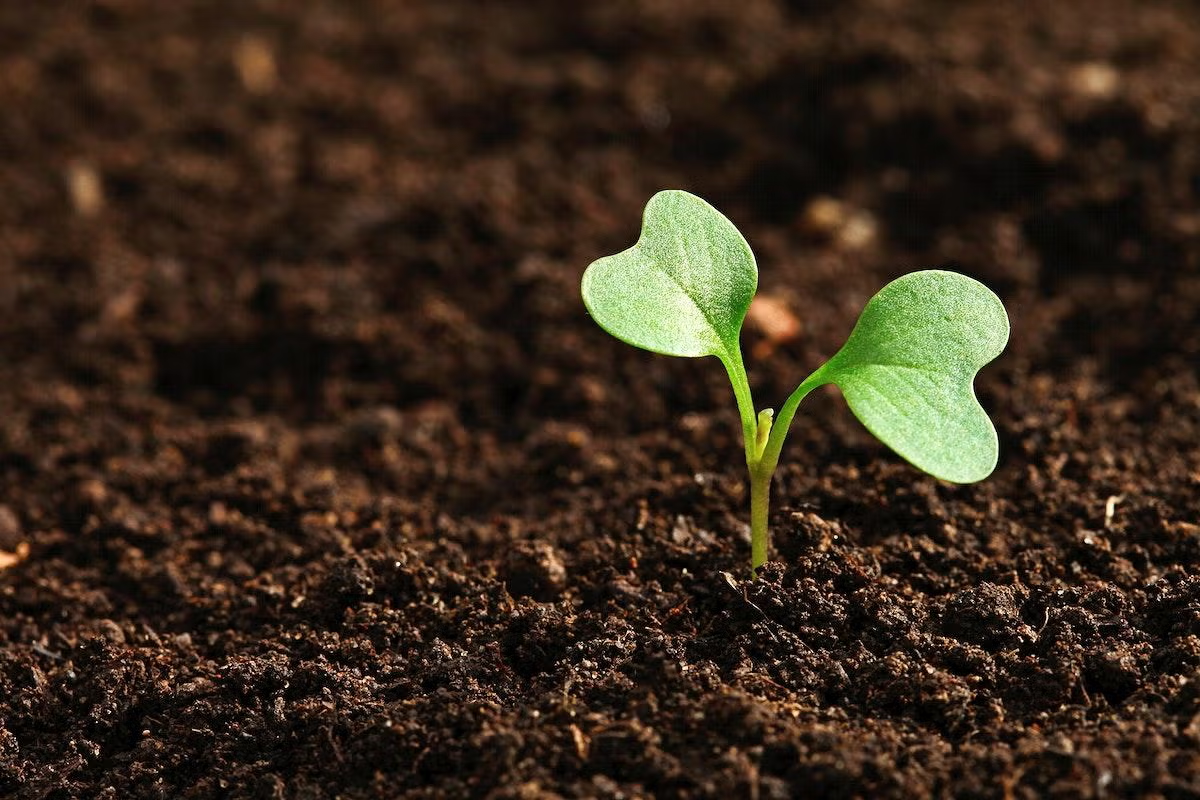Featured
Introduction to Vermicomposting
Grades:
Kindergarten, 1st Grade, 2nd Grade, 3rd Grade, 4th Grade, 5th Grade
The objective of this lesson is to introduce students to vermicomposting by explaining what it is and getting our bins set up. Students learn about recycling, share a read aloud, watch a video and
Grades:
4th Grade, 5th Grade
In this hands-on lesson, students design a safety device (car/seatbelt) that can keep an egg (passenger) safe during a collision. The goal is to protect the egg from cracking during a roll down a ramp
Grades:
Kindergarten
In this engaging lesson, students will participate in an engineering challenge or STEM activity that connects to a read aloud. Students will communicate solutions that will reduce the impact of humans
Grades:
7th Grade
This is Task 2 (Lesson 2) of four tasks (lessons) of an overall project of “Escaping 7th Grade Science Room.” Students will be constructing Pangea with their group after reviewing the concepts.
Grades:
6th Grade, 7th Grade, 8th Grade, 9th Grade
This lesson is part of a school-wide project to renovate a greenhouse and create a native seed library. This lesson is intended to create intrinsic motivation to engage in the project. This lesson
Grades:
6th Grade
Students will use a Scratch template to make a model of the seasons, one from a view above the ecliptic, one to the side of the ecliptic and then a distance-time graph. Students will be using their
Grades:
8th Grade
In this lesson students analyze the relationship between rainfall and tree growth from a sample. They will then graphically model that relationship. This is the 4th lesson in a series of 4. Links to
Grades:
7th Grade
This engaging lesson is designed to simulate how scientists look for patterns in evidence to make claims, and back them up with reasoning. There are some important takeaways that students will make
Grades:
1st Grade
What is the life cycle of a butterfly? How do butterflies use their wings? Answers to these questions and more are in this engaging lesson. The challenge for the students is to create a butterfly
Grades:
4th Grade
In this creative and engaging lesson, students use Google Slides to create a stop motion animation from a personal narrative that they have written. All instructions and resources are included! It
Featured
Flying High: Airplane Design
Grades:
5th Grade
In this engaging lesson, students explore the forces of flight and use the Engineering Design Process to improve the flight times and distance traveled with a paper airplane. Resources are included
Grades:
9th Grade, 10th Grade, 11th Grade, 12th Grade
This lesson is an introduction to a unit on the light and transverse waves. It can be utilized during a unit or at the beginning as an exploration. Students m easure the speed of light in a medium
Grades:
7th Grade
The lesson gives an introduction to ASCII as part of a set of lessons that introduces computer science. Students learn what a computer can understand and create a bracelet in this introduction to
Grades:
7th Grade
This lesson is about building and testing a Ferris Wheel and the history behind it. Students should be familiar with the concepts of forces, motion, and gravity before starting this project. They
Grades:
6th Grade, 7th Grade, 8th Grade
In this engaging lesson, students explore and observe thermal shock by watching marbles bake and placed in ice water. Science and math concepts are covered in this unique lesson as well as visual arts
Grades:
1st Grade
In this lesson, students will watch seeds grow on a damp sponge by measuring, journaling and observing. They will observe how the roots and shoots grow.
Grades:
8th Grade
Students will measure the height, diameter, and circumference of a tree in this engaging lesson. They will then determine a tree’s age by counting growth rings. Students will determine how rainfall
Grades:
5th Grade
Students gain a deeper understanding of the concepts of balanced and unbalanced forces in this lesson. They will be able to identify the effects that balanced and unbalanced forces have on the motion
Grades:
6th Grade
In this engaging lesson, students create simple paper models of water sheds in class and explore hazards to waterways through an online interactive. They make connections between water stewardship and
Grades:
7th Grade
This is Task 1 (Lesson 1) of four tasks (lessons) of an overall project of “Escaping 7th Grade Science Room.” Students will be constructing a mini zip-line after reviewing concepts. Students will
Grades:
6th Grade, 7th Grade
Students will learn basic concepts of physics, including velocity, motion, and vector. S tudents will develop and use a model to predict how forces act on objects at a distance. Finally students will
Grades:
7th Grade
This is Task 4 (Lesson 4) of four tasks (lessons) of an overall project of “Escaping 7th Grade Science Room." Students will construct a marshmallow device to propel marshmallows at force and collect
Grades:
5th Grade
This is the first lesson for the 5th grade life science unit involving environmental factors and organisms. The materials needed are two articles, highlighters, and either a laptop or tablet to
Grades:
4th Grade
Students are experimenting on their own to find out which materials would create the best water filter, after reading The Water Princess and discussing water scarcity. This engaging lesson combines
Featured Lesson Plans
Check out these notable lesson plans.

Featured
Saltwater vs. Freshwater
Grades:
5th Grade
In this lesson students will show the proportion of freshwater compared to saltwater on Earth. Students will define the problem of having a limited amount of fresh water using evidence gathered from

Grades:
7th Grade
In this outstanding lesson, teachers facilitate students to design and build Meet Edison Robots for Cougar Clash “BattleBot” robot battle classroom tournament. (We named ours Cougar Clash as your

Grades:
2nd Grade
This is the final lesson for the How do sunflowers grow? unit. In this lesson, students will plant their sunflowers outside. They will continue to monitor the growth of their sunflowers. They will


